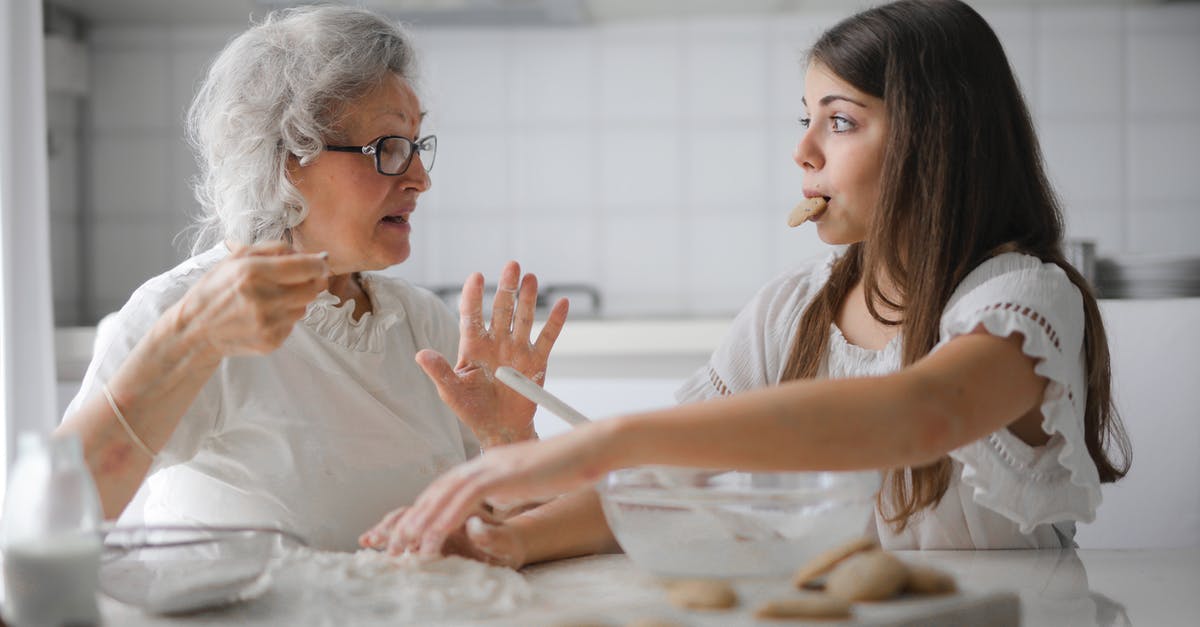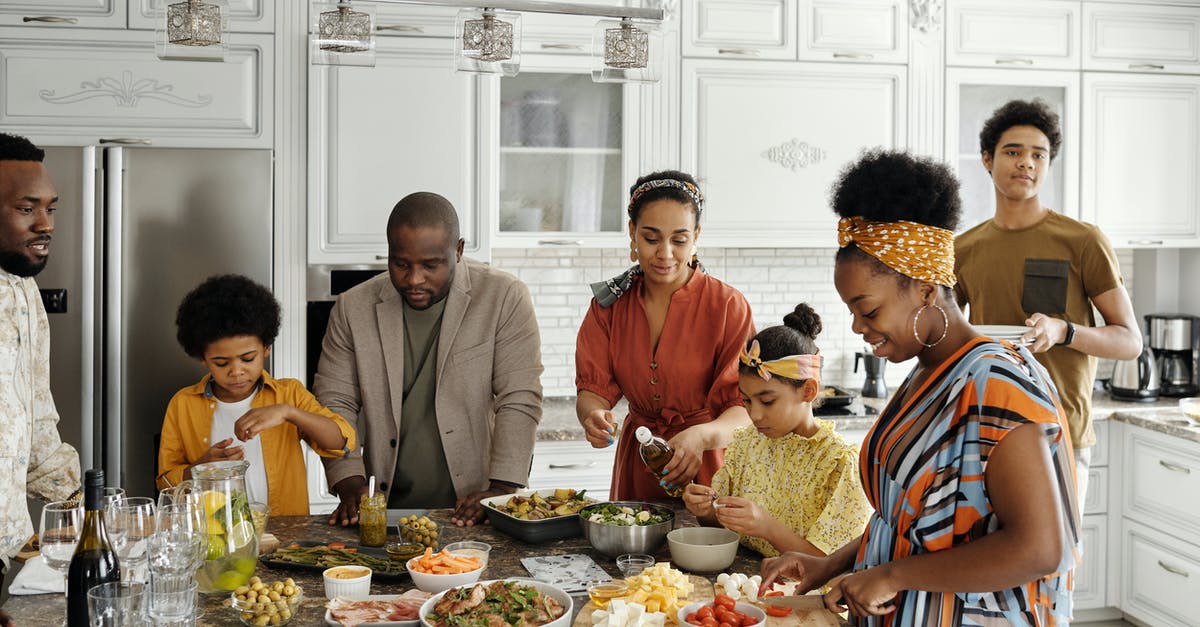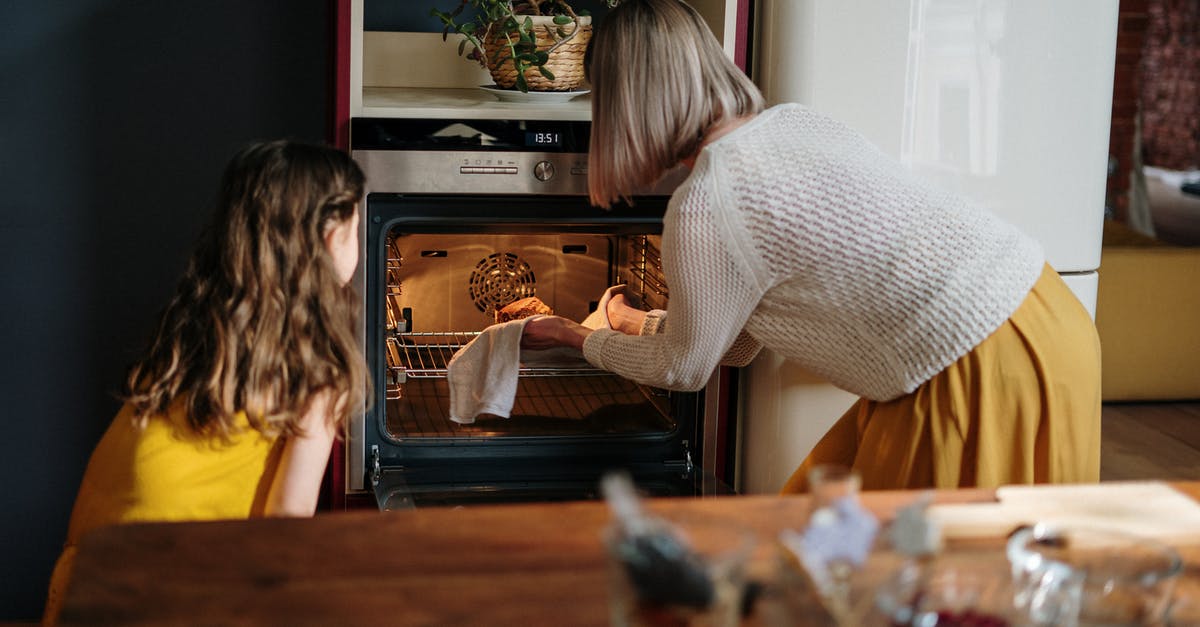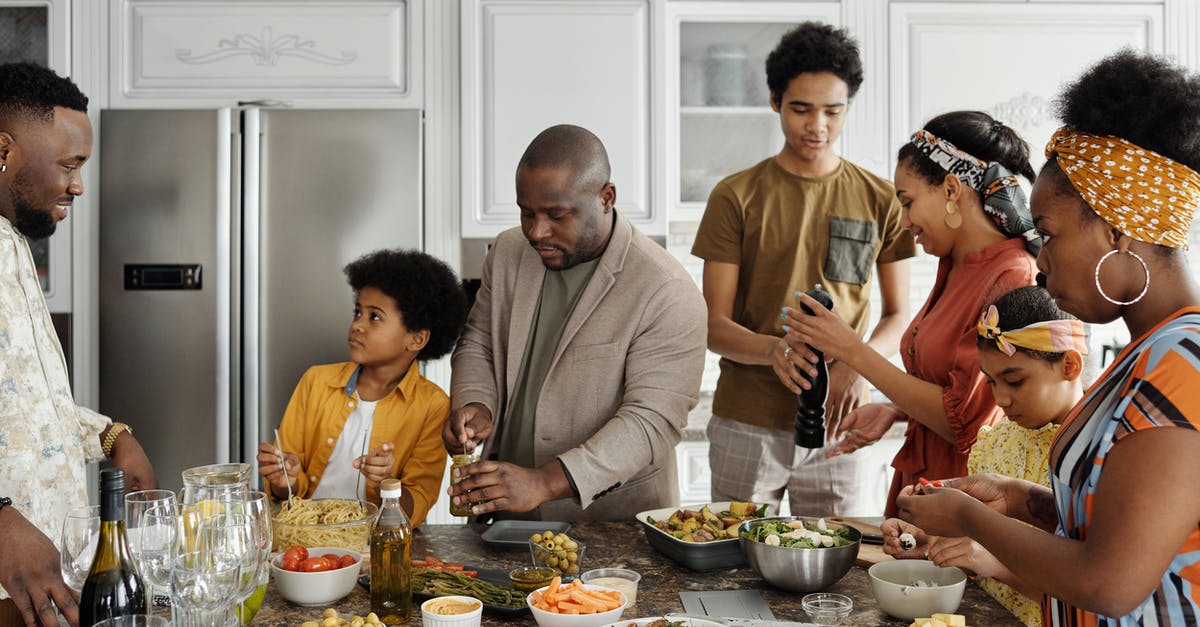What determines the length of sous vide cooking time?

What factors affect sous vide cooking time, generally? I imagine cooking time is essentially the amount of time needed for the food's internal temperature to reach equilibrium with the desired temperature. Are there pros or cons to cooking longer or shorter?
For reference, I am primarily interested in cooking custard base sous vide, but would be interested in responses with regard to other food types as well.
Best Answer
Specifically for custard, you pretty much want the known good time from your recipe, but cooking longer will be fine.
In general, there are two major things:
- how long does it take to get everything up to the desired temperature?
- how long does it need to stay at that temperature?
The time to reach the desired temperature is pretty much just determined by size/shape. If there's a point in the middle that's 5cm from the closest surface, whether it's a 10cm diameter sphere or a 10cm thick slab, it's going to take longer. (The two aren't exactly the same in terms of heat propagation, but it's a good rough way to think about it.) I'm guessing liquids like your custard base also cook a little faster than solids, since there can be a little bit of convection flow inside the bag, not enough to be well-mixed, but better heat transfer than a solid.
The time at the target temperature depends greatly on what you're cooking. With many things, you just have to reach the temperature and then you're done. Holding at the target temperature after that might make no difference, or it might result in slow loss of quality. For example, you can hold steak quite a while at temperature, with not much change. On the other hand, you don't want to hold fish forever, because it'll tend to lose texture. And with something like pork shoulder or brisket, you actually need the long cooking time in order to slowly break down connective tissue and get it tender.
So, if you already have a time you know works:
- Cooking shorter means underdone, either under temperature, or not tender.
- Cooking longer means avoiding the risk of undercooking, and is generally fine, especially in moderation. For some things, it may overcook, like making your meat fall apart too easily.
For custard, the former is obviously bad (you want it to actually set), but the latter is not really an issue (it's not going to rapidly un-set).
As a footnote, there are some sous vide recipes designed to not actually reach equilibrium temperature. For example, you can cook eggs at a temperature high enough to set the whites, but for a shorter time to avoid firmly setting the yolks. Those are more like "normal" cooking in terms of over- and under-cooking, e.g. for the eggs, too long and you set the yolk, too short and you don't set the whites.
Pictures about "What determines the length of sous vide cooking time?"



Quick Answer about "What determines the length of sous vide cooking time?"
The Sous Vide Heating Times specify how long it takes a piece of meat, with a particular shape, to heat all the way to the center and equalize the internal temperature. The center of the meat will come up to about 1° less than the water bath temperature in the time given.What determines time in sous vide?
Before you can put the sous vide machine to work, there are two variables that you need to determine. The first is the total time of the cook, and the second is the temperature of the water.Does it matter how long you cook with sous vide?
So long as you're cooking at above 130\xb0F (54\xb0C), there are no real health risks associated with prolonged sous vide cooking1. You will, however, eventually notice a difference in texture. For best results, I don't recommend cooking any longer than the maximum recommended time for each cut and temperature range.Why do sous vide cooking times vary so much?
The most obvious variable is that some cuts of meat are tougher than others. For example, a top round roast needs to be tenderized a lot longer than a ribeye. Most people realize this and that's why almost all sous vide charts break the food down by "cut".Does sous vide time depend on weight?
The time it takes for the core of the food to reach the desired temperature in a sous-vide depends on the thickness, not on the weight. If it is twice as thick, it will take four times as long to heat all the way through.How to Determine Sous Vide Times
Sources: Stack Exchange - This article follows the attribution requirements of Stack Exchange and is licensed under CC BY-SA 3.0.
Images: Andrea Piacquadio, August de Richelieu, cottonbro, August de Richelieu
